Seven years ago, Colorado became the very first U.S. state to legalize recreational marijuana. What have Colorado legalization results looked like? Here’s what’s happened there since.
It has been more than seven years since Colorado passed Amendment 64 to become the first state in the country to legalize recreational marijuana. On Election Day 2012, 55 percent of Colorado voters supported a measure that allowed for the personal use of marijuana and established a regulated commercial market.
That legal marijuana market launched half a decade ago in 2014. Five years later, cannabis continues to thrive in Colorado. There are roughly 590 licensed retail marijuana stores throughout the state, and in 2019 combined recreational and medical cannabis sales hit a record $1.75 billion, up 13 percent from the year before.
Colorado’s “great experiment” with marijuana drives the national debate on cannabis policy. Lawmakers, advocates, law enforcement, entrepreneurs, and more are intensively studying the data showing what impact legalization has had. A number of studies, surveys, and statistics have been published that provide a view of the range of effects since the market launched.
Here we take a look at Colorado after legalization statistics and explore what they could mean for the future of the cannabis industry in Colorado and throughout the United States.
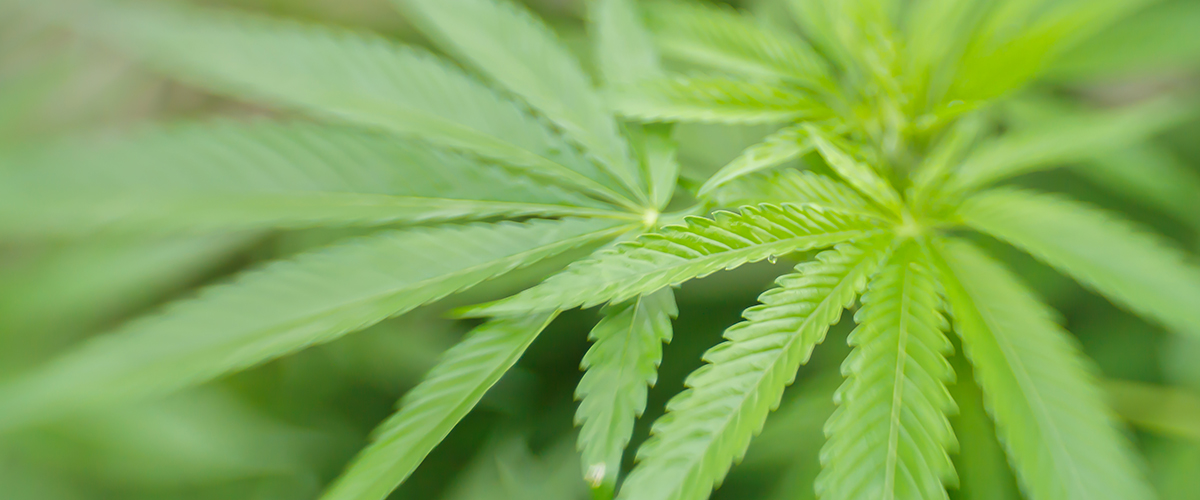
Marijuana Sales and Tax Revenue
Financially, Colorado has benefitted from six years of legal marijuana sales. Since the market’s launch, the state has experienced higher-than-expected marijuana sales and tax revenue.
Total marijuana sales in the state have grown from around $683.5 million in 2014 in the recreational market’s first year to more than $1.75 billion in 2019. Based on sales data from the first three months of 2020, the state is on track to exceed 2019’s totals.
When considering Colorado legalization results, it’s impossible to overstate the impact of total sales. Since the market’s launch in January 2014 through March of 2020, Colorado medical and recreational retail shops have sold more than $8.2 billion in cannabis products.
Those retail cannabis sales have translated into significant tax revenue for the state of Colorado. Marijuana tax revenue has more than tripled over the past six years, from nearly $67.6 million in 2014 to over $302 million in 2019.
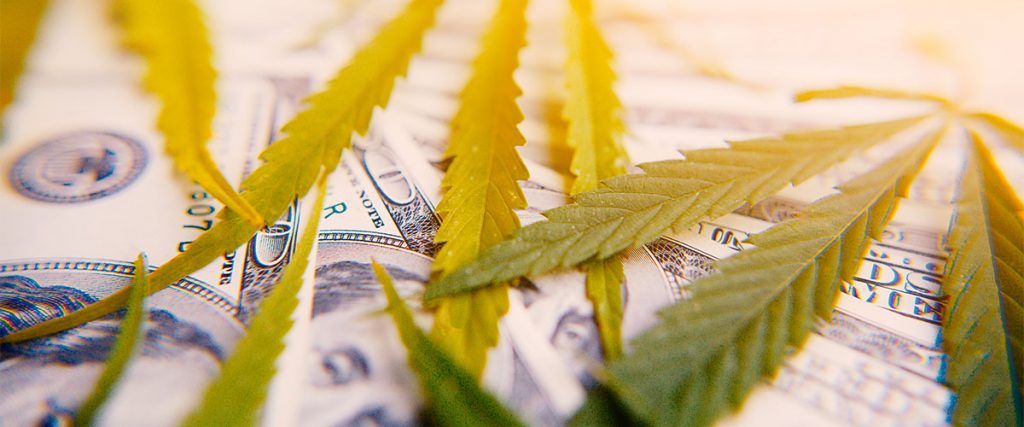
Colorado has three main cannabis taxes: a 2.9 percent sales tax on medical marijuana, a 15 percent special sales tax on recreational marijuana, and a 15 percent excise tax on retail marijuana.
The sales tax on medical marijuana pours entirely into the state’s marijuana tax fund and then is distributed to a wide variety of government functions, including education, public health, construction, law enforcement, and substance abuse prevention and services. A portion of these funds has helped open new mental health care clinics.
The special sales tax gets divided between the general fund and a silo for local governments.
Lastly, of the excise tax, the first $40 million goes to school construction and the remaining goes to the Public School Permanent Fund.
So far, Colorado has put its recreational marijuana tax money to good use. Since 2015 the state has distributed $200 million to the Department of Education for school construction alone.
But that’s not all. Marijuana tax revenue distributions to the Colorado Department of Education have also included:
- $14.2 million for early literacy competitive grants
- $28.4 million for school health professional grants
- $6.9 million for school bullying prevention and education grants
- $6.9 million for dropout prevention programs
- $30 million for the state public school fund
Local municipalities that allow marijuana sales can also place their own taxes on marijuana.
The City of Denver has dedicated over $16 million toward education between 2014 and 2019. The money was used to fund eight different youth diversion programs and substance prevention programs in 17 different schools. The city has also invested nearly $9 million from marijuana tax dollars in 2019 to fix aging parks and recreational centers, an estimated $11.2 million each year for its affordable housing fund, and over $3 million for opioid intervention and resources.
Pueblo County has used its portion of the tax revenue it collects from adult use marijuana sales to fund college scholarships for its high school seniors. For the 2017-18 academic year, the county awarded 210 students $420,000 in scholarships, and then awarded another 350 students with $700,000 in scholarships for the 2019-20 academic year.
This tax revenue wouldn’t be possible without Colorado implementing a successful legal market. Research firm New Frontier Data estimates that more than 80 percent of the state’s cannabis consumers have converted to buying their products through licensed retailers.

Jobs
As the Colorado marijuana industry has grown over the past five years, employment in the industry and ancillary sectors has also expanded.
While exact statistics on jobs created by Colorado’s marijuana industry are unavailable, the Department of Revenue does provide data on the number of individuals licensed to work in the sector.
As of April 2020, Colorado has issued 40,267 individual licenses in the marijuana industry, as well as 1,686 business owners licenses.
According to estimations from the Marijuana Policy Group, one active license equates to 0.467 full-time equivalent positions. That would suggest Colorado’s cannabis industry employs about 19,592 full-time equivalent staff.
Colorado may hold the biggest per-capita marijuana job market in the country, according to Leafly’s most recent annual Cannabis Jobs Report. The widely respected cannabis news and education outlet estimates that Colorado’s industry boasts 34,705 cannabis jobs, only behind California.
In addition to direct employment, the marijuana sector also has created jobs in other sectors that support the industry. A 2016 report from the Marijuana Policy Group estimated that ancillary jobs including “security guards, construction and HVAC specialists, consulting, legal, and advisory services, and other business services” equaled about 23 percent of direct cannabis industry jobs in Colorado.

Tourism
As the very first U.S. state to launch a legal marijuana market, Colorado has benefitted from a boost in tourism.
Tourism has grown 51 percent since 2014, according to a report from the state’s department of revenue. Overnight stays by leisure tourists in Colorado reached a record-hig h19.5 million in 2018, up 3 percent from the year before.
More than 6 percent of Colorado travelers that year said that access to legal marijuana was one of the main reasons for their visit. Sixteen percent of winter 2018-2019 travelers and 15 percent of summer 2018 travelers reported having visited a marijuana retail store during their time in the state.
Some also believe that marijuana legalization has led to a rising homeless population in the state. Rather than cannabis use being associated with homelessness, the thought is that legal marijuana has attracted some who are already homeless because they sought legal access to cannabis. A 2018 survey of seven city and county jails in Colorado showed that one-third of homeless inmates acknowledged coming to Colorado after 2012, at least in part, because of legal marijuana.
Colorado Gov. John Hickenlooper downplayed the survey’s findings, however, pointing out that the participants were free to select multiple responses.
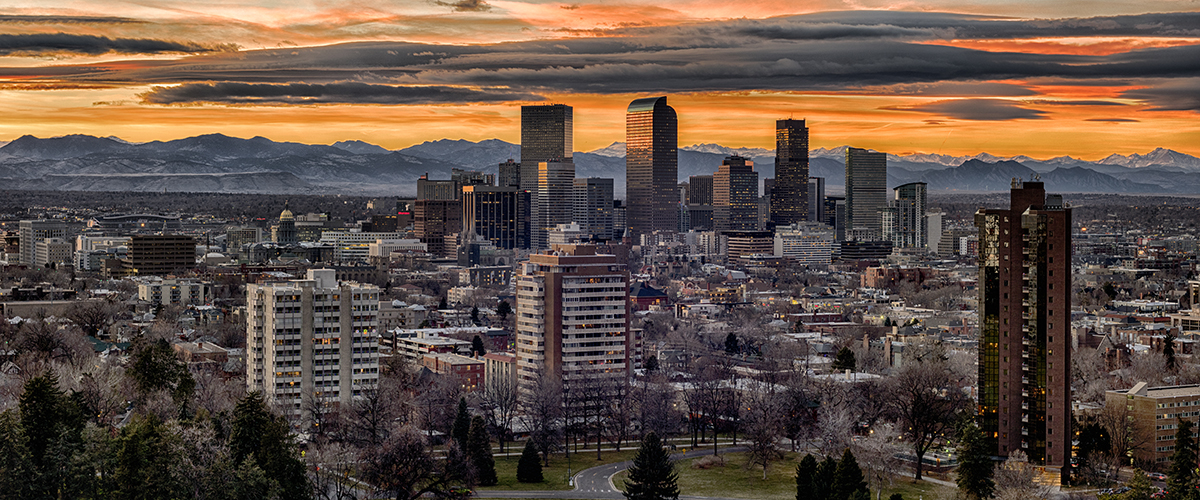
Crime Rates
As one would expect, total marijuana arrests in Colorado plummeted following marijuana legalization. According to an October 2018 report from the Colorado Division of Criminal Justice Office of Research and Statistics, marijuana arrests dropped 56 percent between 2012 and 2017, from 12,709 to 6,153.
The report from the Colorado Division of Criminal Justice Office of Research and Statistics also found that the total number of marijuana industry-related crimes remained stable and made up a very small portion of overall crime. The most common industry-related crime was burglary, accounting for 59 percent of all industry-related crime in 2017.
At the same time, however, all forms of violent crime in Colorado have steadily increased over the past five years, according to the Colorado Bureau of Investigations’ latest annual report on statewide crime statistics.
Violent crimes, including murders and aggravated assaults, have increased by 25 percent from 2013 to 2017, and have continued to climb in the years since. Property crime rates also rose statewide during that time, but have since started to level off and even drop slightly in 2018.
A 2019 study analyzing crime rates in Colorado and other states concluded that legalizing the recreational use of marijuana appears to have little to no effect on the number of violent and property crimes.
Whether Colorado’s rising crime rates are connected to marijuana legalization is hotly debated.
Gov. Hickenlooper has said he isn’t yet ready to pin the blame of rising crime on the legalization of marijuana. In Fort Collins, Larimer County Sheriff Justin Smith told CNN recently that cannabis isn’t making it more likely that a person will commit a crime. Rather, he believes that legal marijuana attracts a “growing seasonal transient population” that is more likely to commit a crime.

Medical Marijuana Use
The legalization of recreational marijuana in Colorado has led to a drop in the number of registered medical marijuana patients.
As adult-use marijuana sales launched in January 2014, there were 111,030 patients in Colorado who possessed valid registry identification cards. As of March 2020, that number had dropped to 81,722.
The data suggest that medical marijuana patients have started to abandon Colorado’s program for the state’s retail side.
Participating in a state’s medical marijuana program adds regulatory hurdles. Patients have to visit their physician every year to obtain a new recommendation and then pay a $25 application processing fee.
The convenience of recreational retail sales may be attractive to patients who are still using marijuana for therapeutic purposes but obtaining it through the adult-use market.
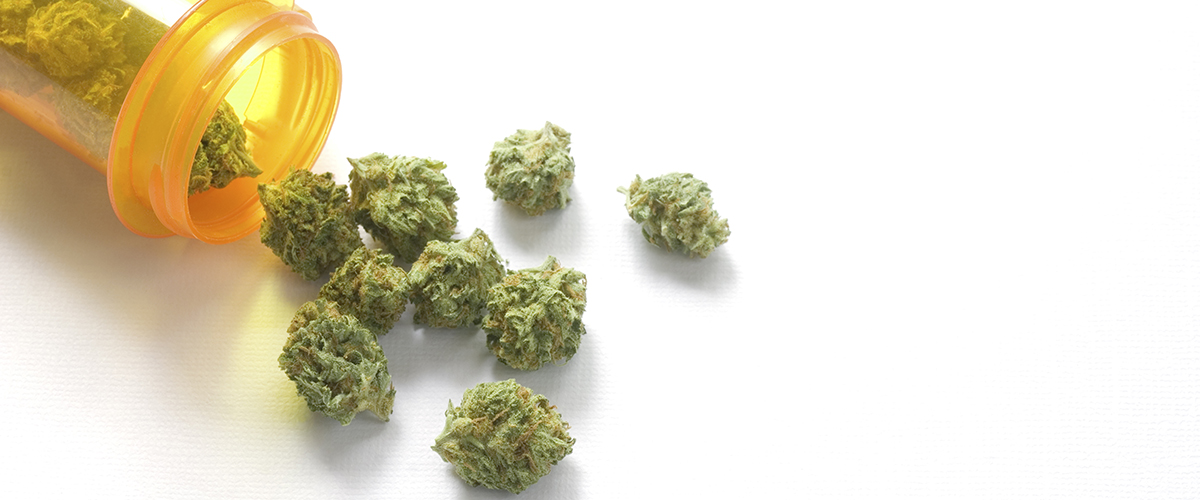
Teen Cannabis Use
A secondary benefit of the Colorado marijuana industry is its impact on the rate of adolescent marijuana use.
Federal survey data shows that teen marijuana use has dropped in Colorado since recreational marijuana was legalized.
The percentage of high school students who used marijuana within the past month dropped 11 percent between the years 2011 and 2017. Additionally, teens who reported ever having tried cannabis also fell 11 percent over the same period.
According to an October 2018 report from the Colorado Division of Criminal Justice, legal marijuana also has not impacted graduation rates or dropout rates in Colorado. Since 2012, graduation rates have increased while dropout rates have decreased.
Cannabis advocates argue that legalization helps curtail teen use by making marijuana more difficult to obtain. By hindering the illegal market and implementing serious penalties on regulated cannabis businesses for selling to minors, cannabis becomes less accessible to those who are underage.
The drop in teen marijuana use in some Colorado areas could also be partly attributed to youth education and prevention campaigns. In Denver, a recent survey showed that 81 percent of teens between the ages of 13-17 said the prevention campaign discouraged them from using marijuana. Eighty-one percent of teens in that age group also said they are not current users of marijuana.

Opioid Use
Like elsewhere in the U.S., the opioid crisis affects Colorado. Between 2000 and 2016, 4027 Coloradans lost their lives to the opioid overdose epidemic, according to the Colorado Department of Public Health & Environment. However, statistics suggest that the legalization of marijuana in Colorado has a positive effect on rates of opioid abuse.
Opioid abuse has fallen in Colorado since legal recreational marijuana was allowed. A 2017 study published in the American Journal of Public Health found that opioid-related deaths decreased more than 6 percent in the two years following the state’s recreational marijuana market opening in 2014.
The authors examined trends in monthly opiate overdose fatalities in Colorado before and after the state’s recreational marijuana market opened. While several studies have shown a positive association between decreases in opioid use and medical marijuana legalization, the American Journal of Public Health was the first to look at the effects of recreational marijuana laws.

Overview of Colorado’s Marijuana Laws
Amendment 64, approved by Colorado voters in 2012, legalized adult possession of marijuana and established a regulated market and licensed commercial marijuana distribution system.
Under the law, adults at least 21 years old can legally buy and possess up to 1 ounce of marijuana. Non-Colorado residents are limited to buying ¼ ounce. Colorado dispensary laws allow adults to buy a mix of flower, edibles, and concentrates. Adults can also cultivate up to six plants, three of which can be in the flowering stage, in an enclosed, locked space.
Colorado has had legal medical marijuana in place since 2001. Qualified patients who have obtained written approval from a physician can legally buy, possess, and privately use up to 2 ounces of marijuana. Registered medical marijuana patients can also legally grow up to six plants, with no more than three being mature.
Both recreational and medical marijuana consumers, according to Colorado dispensary laws, must show a form of identification to purchase cannabis products. No more than 12 total plants are allowed per residence regardless of how many adults live there.
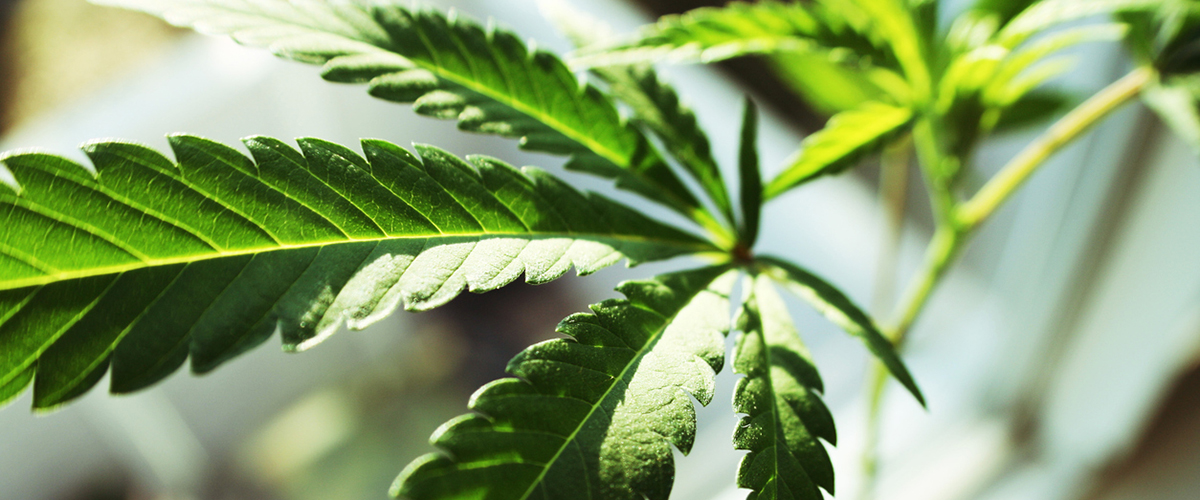
More on Marijuana Legalization
These Colorado after legalization statistics tell part of the story of how Colorado is doing since its legalized recreational marijuana.
What isn’t conveyed in the numbers is how Coloradans feel about the policy change. According to a 2020 survey from YouGov, 26 percent of Colorado adults say legalizing recreational marijuana has been a “success only,” while another 45 percent say the change has been “more of a success than a failure.” Only 17 percent of Coloradans view the marijuana laws as “more of a failure.”
Since Colorado led the way in 2012, 10 additional states have gone on to legalize recreational marijuana use and more are expected to do the same this year.
Browse our interactive legalization map to learn more about current marijuana and dispensary laws in Colorado and throughout the U.S.
Keep up with the growing legal cannabis industry by regularly visiting the Medical Marijuana, Inc. news page, or by connecting with us through Facebook and Twitter.






